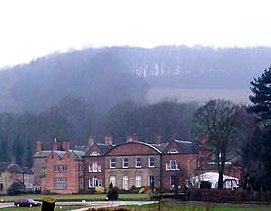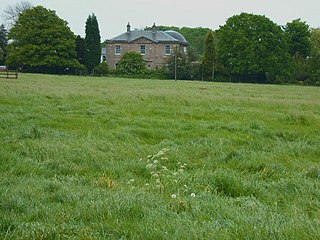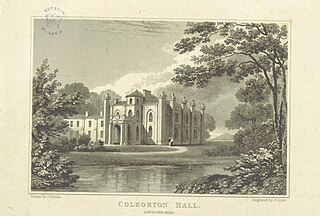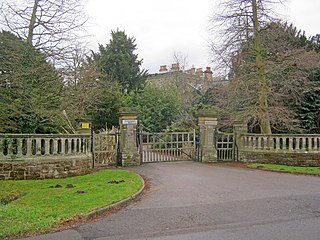
Osbaston Hall is a privately owned 18th-century country house at Osbaston, Leicestershire. It is the home of the de Lisle family and a Grade II* listed building.
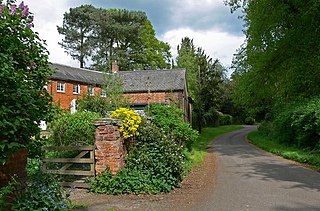
Osbaston is a small village and civil parish in the Hinckley and Bosworth district of Leicestershire, England. At the time of the 2001 Census, the parish had a population of 266, falling slightly to 255 at the 2011 census.
The oldest fabric of the house dates from the late 16th or early 17th century. The manor was acquired by the Wrightson family in the mid-17th century and passed to the Mundy family when Philipa Wrightson, heiress to the estate, married Francis Mundy of Markeaton Hall. The old manor house was rebuilt in about 1720 by Wrightson Mundy (High Sheriff of Derbyshire and Member of Parliament for Leicester in 1737).

Markeaton Hall was an 18th-century country house at Markeaton, Derby, Derbyshire.
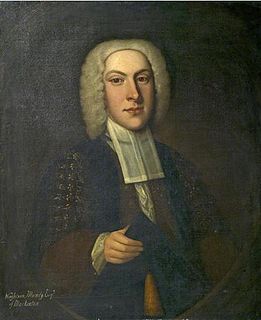
Wrightson Mundy was High Sheriff of Derbyshire in 1737 and MP for Leicestershire in 1747.
Leicester was a parliamentary borough in Leicestershire, which elected two members of parliament (MPs) to the House of Commons from 1295 until 1918, when it was split into three single-member divisions.
The south-facing seven-bayed entrance front has two storeys and attics. The central three bays are recessed and carry a Tuscan porch. The garden or west front has ten bays divided by substantial pilasters. The lake or west front is in three distinct blocks, each of three bays. The house was the home of Francis Noel Clarke Mundy, by whom the estate was sold in 1766.

The Tuscan order is one of the two classical orders developed by the Romans, the other being the composite order. It is influenced by the Doric order, but with un-fluted columns and a simpler entablature with no triglyphs or guttae. While relatively simple columns with round capitals had been part of the vernacular architecture of Italy and much of Europe since at least Etruscan architecture, the Romans did not consider this style to be a distinct architectural order. Its classification as a separate formal order was made during the Italian Renaissance.

Francis Noel Clarke Mundy 1739 – 1815 was an English poet. His most noted work was written to defend Needwood Forest which was enclosed at the beginning of the 19th century. He was the father of Francis Mundy.
Thereafter, there were several owners. In 1827 it was acquired by Thomas Cope (High Sheriff of Leicestershire in 1856). A later Thomas Cope was in 1918 created the first of the Cope baronets of Osbaston. The house was sold to Jonathan Guinness in 1966 and later to the de Lisles.
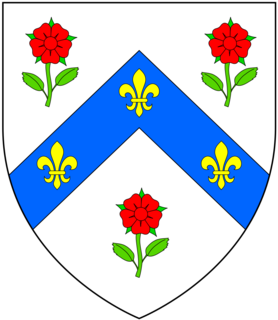
There have been four baronetcies created for persons with the surname Cope.
Jonathan Bryan Guinness, 3rd Baron Moyne is a British peer and businessman. A member of the Guinness family, he is the elder of the two sons of Bryan Guinness, 2nd Baron Moyne and his first wife Diana Mitford, and until his retirement was a merchant banker for Messrs Leopold Joseph.


